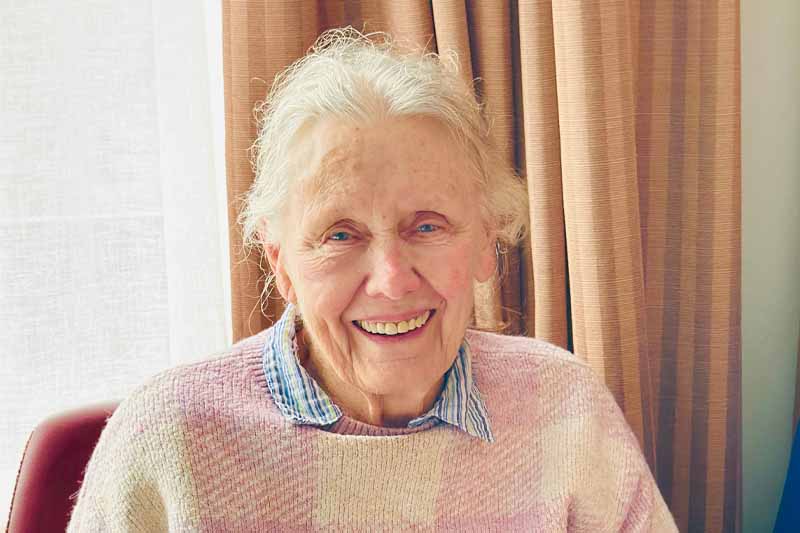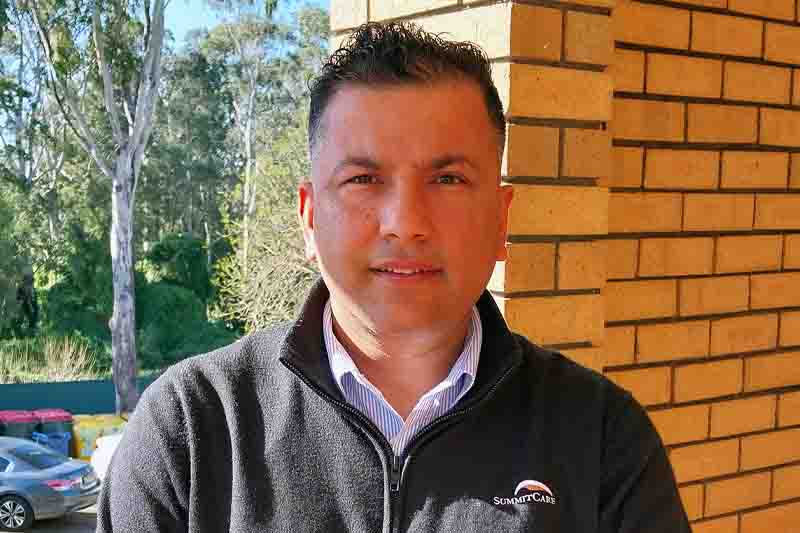According to Diabetes Australia, “When someone has diabetes, their body can’t maintain healthy levels of glucose in the blood. Glucose is a form of sugar which is the main source of energy for our bodies. Unhealthy levels of glucose in the blood can lead to long term and short term health complications.”
The body’s cells can use these sugars through an organ known as the pancreas, which secretes a protein hormone, called insulin, which attaches to the sugars. This allows the cells to recognise the sugars as food and absorb the necessary glucose. Diabetes is due to an imbalance in the production of vital insulin.
There are two types of diabetes, they are insulin-dependent diabetes and non-insulin-dependent diabetes.
In Australia, 280 people develop diabetes every day. That’s one person every five minutes. And currently, Australia’s stats show that 1.7 million people have been diagnosed with the condition (including Type 1 and Type 2).
Type 1 Diabetes
Type 1 diabetes is an autoimmune condition in which the immune system is activated to destroy the cells in the pancreas which produce insulin. It represents around 10 per cent of all cases of diabetes and is one of the most common chronic childhood conditions. Type 1 diabetes is managed with insulin injections several times a day or the use of an insulin pump.
Symptoms can include:
- Being excessively thirsty
- Passing more urine
- Feeling tired and lethargic
- Always feeling hungry
- Having cuts that heal slowly
- Itching, skin infections
- Blurred vision
- Unexplained weight loss
- Mood swings
- Headaches
- Feeling dizzy
- Leg cramps
Type 2 Diabetes
Type 2 diabetes is a progressive condition in which the body becomes resistant to the normal effects of insulin and/or gradually loses the capacity to produce enough insulin in the pancreas. Normally associated with lifestyle risk factors, it is also common to have genetic links to this type of diabetes.
This version of the disease represents 85–90 per cent of all cases of diabetes and usually develops in adults over the age of 45 years. While there is currently no cure, it can typically be managed with a healthy lifestyle regime and weight loss.
Symptoms of Type 2 Diabetes can include:
- Being excessively thirsty
- Passing more urine
- Feeling tired and lethargic
- Always feeling hungry
- Having cuts that heal slowly
- Itching, skin infections
- Blurred vision
- Gradually putting on weight
- Mood swings
- Headaches
- Feeling dizzy
- Leg cramps
Diabetic emergencies appear in two forms:
Hyperglycaemia or high blood sugar is an imbalance of blood sugar, which usually requires the affected person to supplement his or her insulin requirements by a periodic injection of the hormone. A person who is unable to obtain this supplement is liable to collapse into a serious state called a diabetic coma. This condition is less common and has a slower onset than hypoglycaemia.
Hypoglycaemia or low blood sugar is a dramatic imbalance where the tissues, especially the brain cells, become starved of essential blood sugar. This condition is the more common type and especially dangerous as the onset is rapid. The result of further deprivation of sugar is that the person becomes unconscious and death may follow within hours.
For more information on diabetes, please contact Diabetes Australia on 9552 9900 or www.diabetesaustralia.com.au











